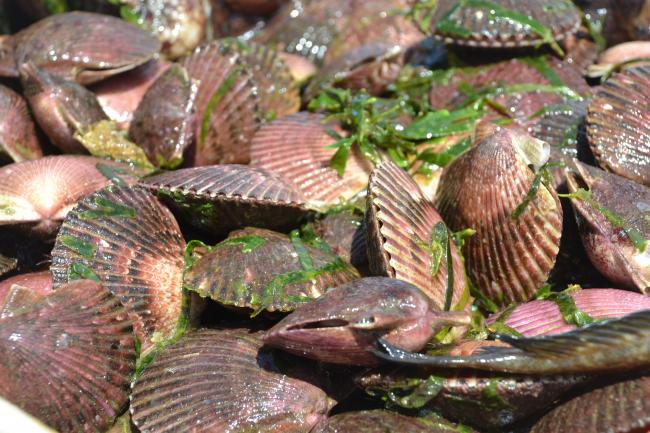This project analyses the social-ecological resilience of an economically and ecologically important bay system in Northern Peru using an integrated social-ecological network modelling approach. Here, an open-access multispecies diving fishery for scallops and other invertebrates has recently developed into a regulated mariculture activity for a single species: the Peruvian scallop Argopecten purpuratus, representing the center of the species’ culture in South America.
Currently, about 5000 artisanal scallop farmers and 20000 additional personnel are involved in the scallop production process. However, the single-species dependence of the activity makes this social-ecological system (SES) highly vulnerable towards (environmental) and market disturbances.
During El Niño Southern Oscillation (ENSO) events, for example, higher temperatures and strong rains as well as changes in primary productivity are expected for this region of Peru. Scallop populations are predicted to suffer from the resulting reduction in water salinity and natural food production. Furthermore, too high scallop culture densities may cause changes in biodiversity and shifts in benthic community composition. Scallop overstocking may surpass the bay’s ecological carrying capacity at a certain tipping point. Another tipping point configuration for the system could arise, if the profitability declines due to oversupply of scallops on the word market, followed by a steep drop in the export price.
Expected outcomes of the project will significantly increase the knowledge on feedback mechanisms between scallop mariculture and ecosystem health, and contribute to understand the vulnerable links of the coastal human population with marine resources prone to environmental variability.
Project Partners |
|---|
|
Dr. Philipp Gorris, Institut für Umweltsystemforschung (IUSF), Germany Dr. Arturo Aguirre-Velarde, lnstituto del Mar del Peru (IMARPE), Peru M.Sc. Eliana Alfaro-Cordova, ProDelphinus NGO, Peru |





